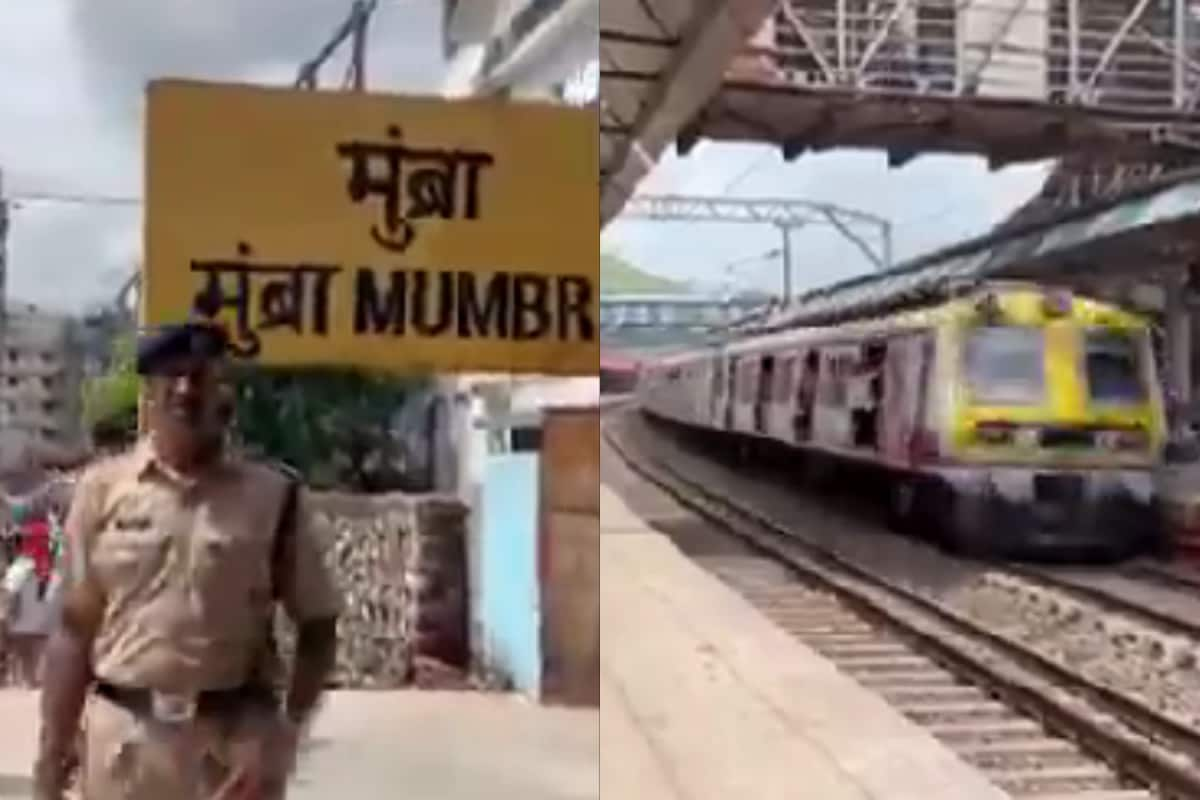

The Indian Railways has announced a significant safety upgrade for Mumbai's local trains following a tragic incident on Monday, June 9, 2025, where five commuters lost their lives after falling from an overcrowded train. The incident occurred on a Central Railway line train traveling from Chhatrapati Shivaji Maharaj Terminus (CSMT) towards Kasara in Thane, with initial reports suggesting that 10 to 12 passengers may have fallen due to severe overcrowding.
The sheer volume of passengers during peak hours often forces commuters to travel precariously, hanging onto doors due to the lack of space inside the compartments. This dangerous practice has long been a cause for concern, and this recent tragedy has amplified calls for immediate action to enhance passenger safety.
In response to the incident, railway authorities have pledged to incorporate automatic door-closing systems in all new rakes currently under construction for the Mumbai Suburban Railway. Furthermore, existing train compartments will undergo modifications to integrate similar door closure mechanisms. The goal is to prevent passengers from traveling on footboards and hanging out of open doors, which significantly increases the risk of accidents.
However, some officials express concerns about the practicality of this solution. They argue that the automatic door closure system may lead to delays, as the doors might struggle to close at stations due to the sheer volume of passengers attempting to board and alight. This concern highlights the complex challenge of balancing safety measures with the operational efficiency of Mumbai's local train network, which serves millions of commuters daily.
The railway is also considering implementing the Kavach 5.0 system, an advanced Automatic Train Protection (ATP) system, on Mumbai's suburban rail network. This system is designed to enhance safety by automatically applying brakes if the loco pilot fails to respond within safe speed limits, and it is also built to ensure smoother operations during bad weather. The implementation of Kavach 5.0 is projected to increase train frequency by 30% by reducing the gap between trains, and is expected to be ready by December 2025.
Beyond automatic door systems, the railways have been actively working on other measures to improve safety and passenger experience. These include infrastructure upgrades, modernization of signaling and telecommunications systems, and comprehensive drainage works to mitigate disruptions during the monsoon season. Western Railway, for example, has installed SCADA-based water level monitoring devices on key bridges to provide real-time water level updates and prevent flooding-related incidents. They have also increased pumping capacity by 10% compared to last year by installing 104 high-capacity dewatering pumps in vulnerable locations.
The Mumbai suburban rail network, often called the city's lifeline, faces immense pressure due to the ever-increasing population and urbanization. Overcrowding remains a persistent issue, and addressing it requires a multi-pronged approach that includes not only safety upgrades but also capacity expansion and improved infrastructure. Initiatives such as adding new trains, reducing the intervals between departures, and expanding railway lines are crucial to cope with the rising demand and provide passengers with safer, swifter, and more comfortable journeys. New trains will also feature advanced ventilation systems that filter air to ensure bacteria-free oxygen, improving air quality and passenger health.
The recent tragedy serves as a stark reminder of the challenges and risks associated with Mumbai's local train system. While the announced safety upgrades are a welcome step, their effectiveness will depend on careful implementation and continuous monitoring. It is imperative that the railway authorities prioritize passenger safety and work towards creating a more secure and efficient commuting experience for the millions who rely on Mumbai's local trains every day.